NASA’s James Webb Space Telescope (JWST) has uncovered a remarkable new addition to the Uranian system: a tiny moon orbiting the icy giant. The discovery highlights how even familiar planets in our solar system continue to surprise astronomers.
The Smallest Moon Yet
The newfound satellite, provisionally designated S/2025 U1, is estimated to be about six miles (10 kilometers) across, making it the smallest known moon of Uranus. Scientists detected it using Webb’s powerful near-infrared imaging during long-exposure observations earlier this year. Previous telescopes, including Voyager 2 and Hubble, were unable to spot such a faint object.
Orbit and Location
S/2025 U1 travels in a nearly circular orbit situated between the Uranian moons Ophelia and Bianca. This places it within Uranus’s dense cluster of inner moons, which lie close to the planet’s delicate ring system. Its position suggests the moon likely formed alongside Uranus’s rings rather than being captured from elsewhere in the solar system.
Why It Matters
The discovery brings Uranus’s official moon count to 29. More importantly, it reinforces evidence that the planet has a highly complex inner system, where small moons and rings interact in ways that astronomers are still trying to understand.
Scientists believe S/2025 U1 may not be alone. Given Webb’s ability to reveal faint, hidden objects, more small moons may still be waiting to be identified.
Key Facts at a Glance
- Provisional Name: S/2025 U1
- Size: ~6 miles (10 km) across
- Orbit: Between Ophelia and Bianca
- Current Uranus Moon Count: 29
- Significance: Offers new insights into Uranus’s evolving moon–ring system
This discovery is yet another reminder that even within our own solar system, many secrets remain hidden—waiting for the right tools to bring them into view.



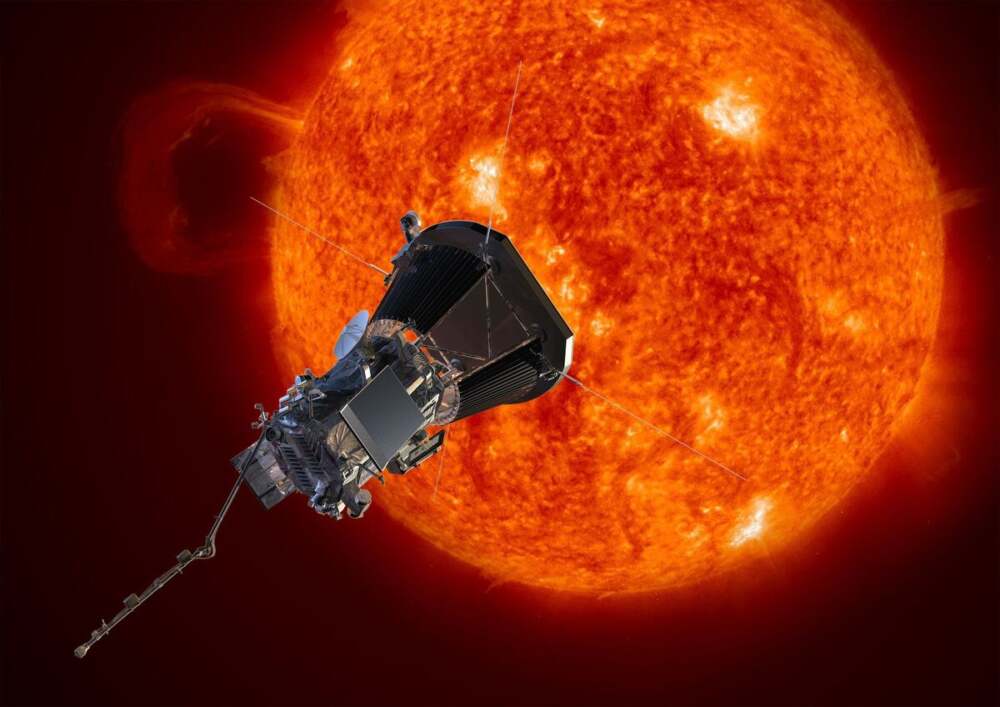
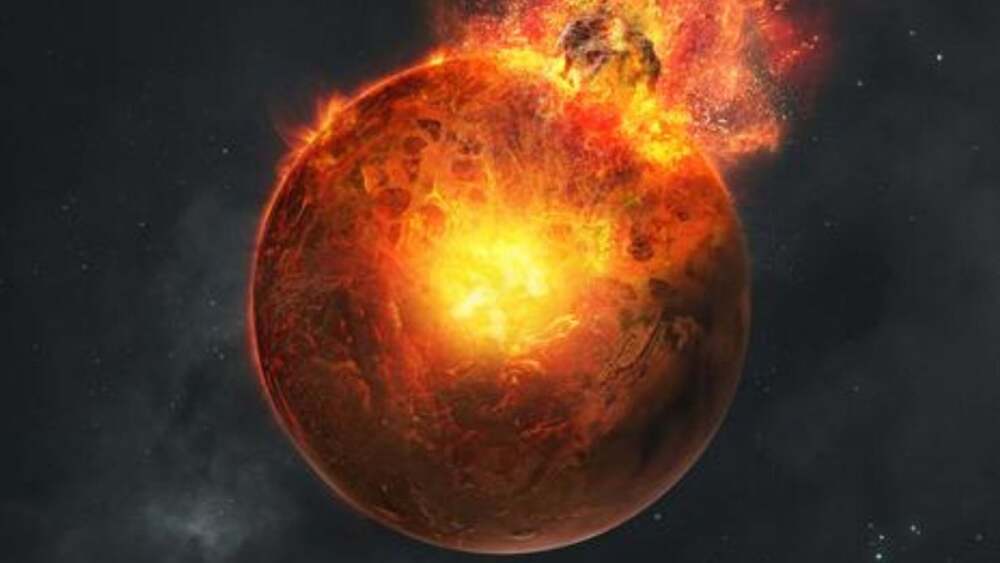
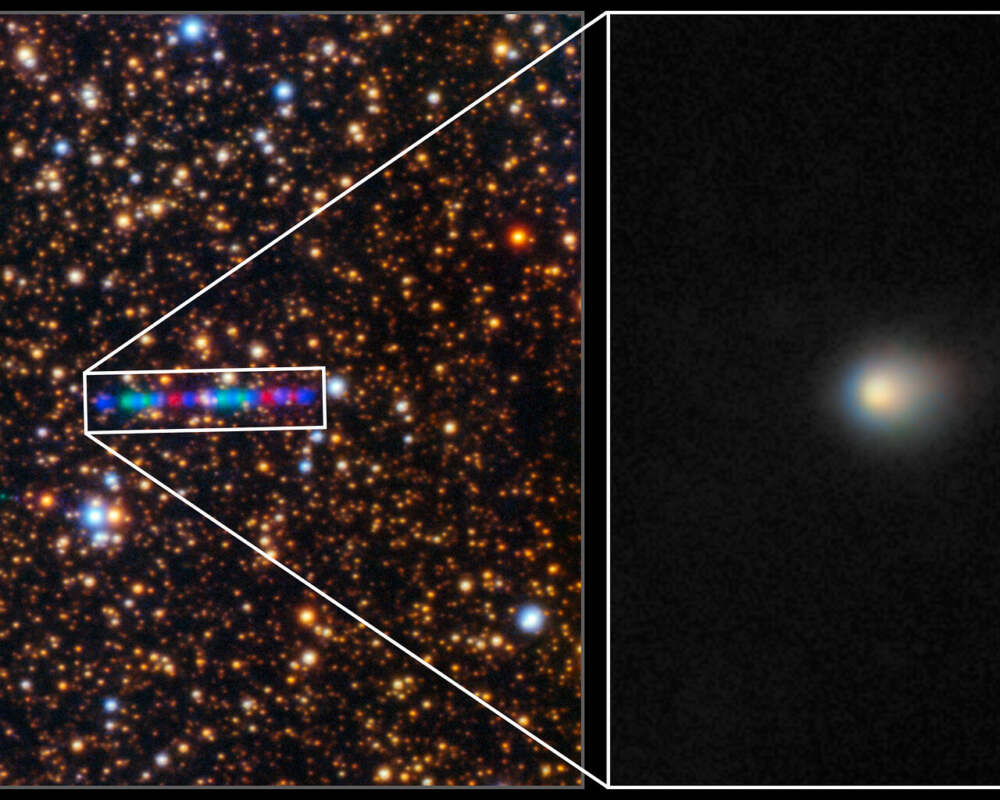
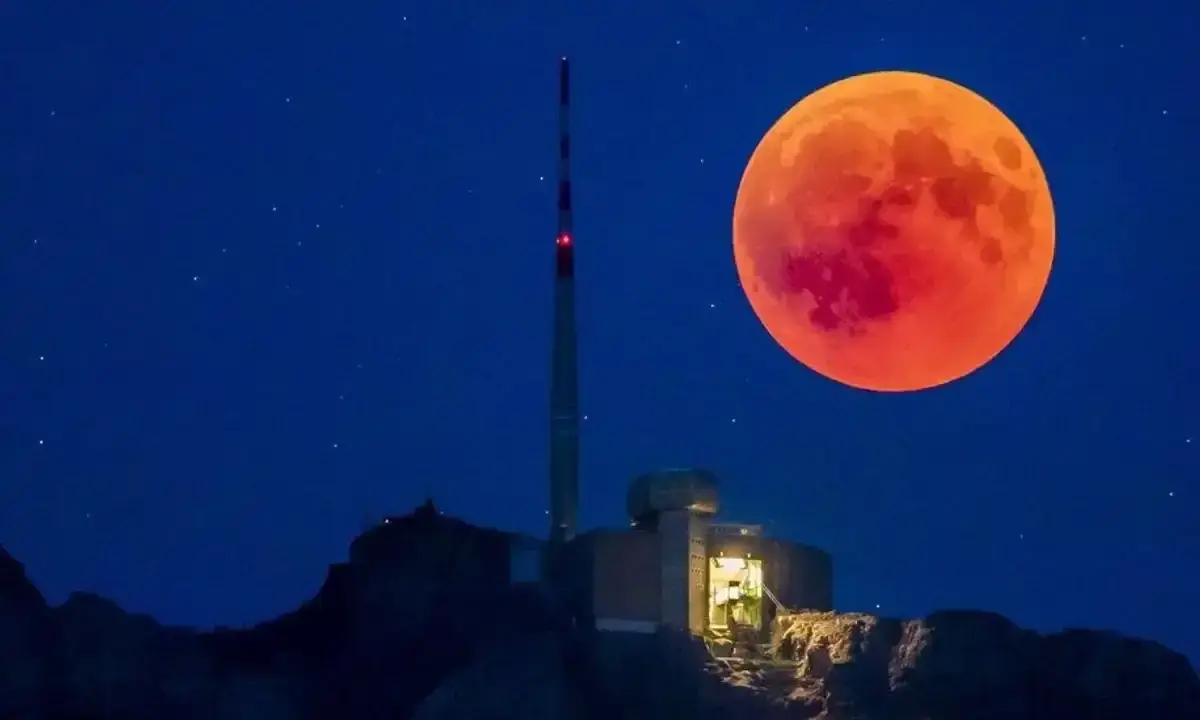
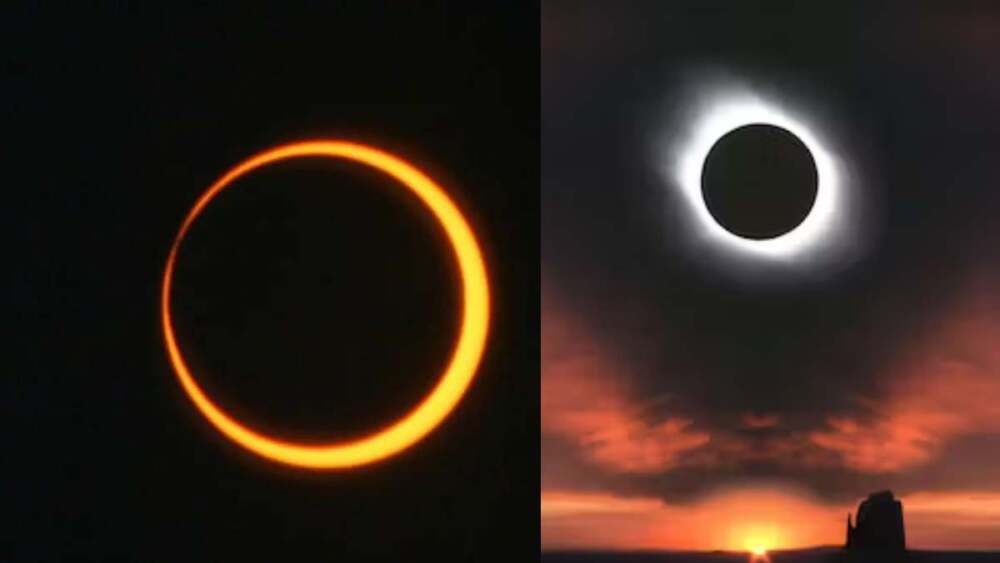



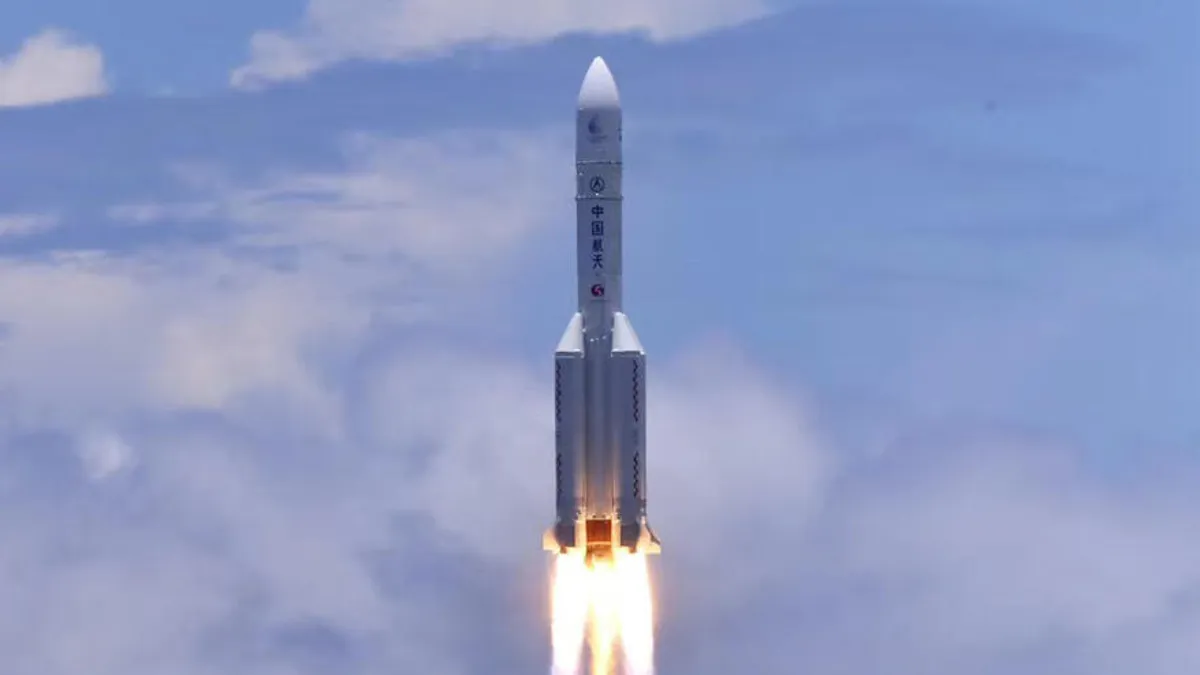




Leave a Reply